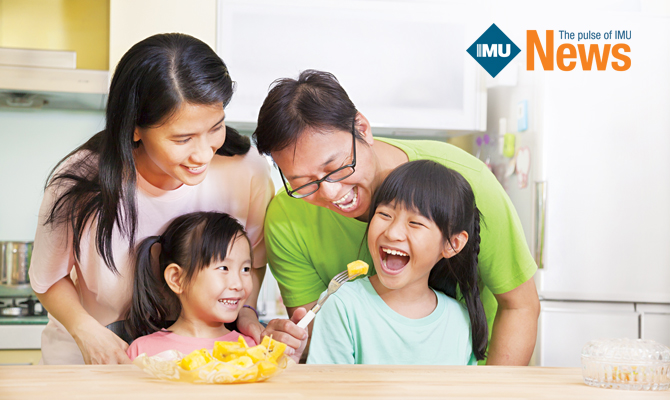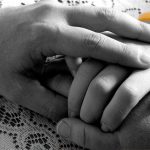Your home is the place where accidents are most likely to occur. Accidents happen, right? Not necessarily. In fact, some of the most common injuries that occur at home do not have to happen. Thus, everyone should be aware of the dangers in the home so that accidents can be avoided. The purpose of this article is to raise awareness of the type of accidents that may occur at home and what steps you can take to prevent them. Both the elderly and children are easily injured from accidents at home. Around the world, about 875,000 children under the age of 18 years have died as a result of injury at home in 2002. Besides high rate of death, incidence of injury as a child is also high. ACCIDENTS IN CHILDREN
| ACCIDENT |
CAUSES |
PREVENTION |
FIRST AID |
 |
- Tripping over or slipping on the same level
- Falls between two levels, such as falling from a bed or down the stairs
- Unsteady gait in children
|
- Fit a safety gate at the top and bottom of stairs
- Repair damaged carpets and floors.
- Don’t leave items on the stairs as they could be stepped on, resulting in a fall for anyone.
- Avoid putting anything under the windowsill that can provide a step up for children
- Mop up any liquid spillage immediately to avoid slipping
|
 |
Drowning |
Children can drown in less than 3 cm of water so they should always be under constant supervision when in or near any water. |
- Never leave children in the bath unsupervised
- Don’t leave uncovered bowls or buckets of water around the home
- Wells, pools and ponds should be securely fenced off or should have a safety net.
|
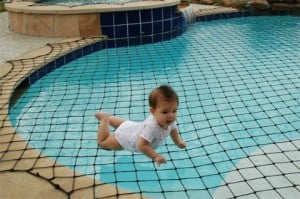 |
| Suffocating and choking |
- Small toys
- Peanuts
- Marbles
- Pets lying on small babies
- Babies and small children are most at risk from choking because they examine things around them by putting them inPoisoningtheir mouths.
|
- Choose toys that are suitable for the age of your child
- Keep animals, especially cats, out of the bedroom
- Keep plastic bags away from children
|
|
Poisoning |
- Medicines
- Household products
- Cosmetics
|
- Be careful of laundry and dishwasher liquids, powder, tablets; they look like brightly coloured sweets
- Keep medicines and chemicals (weedicides, pesticides, detergents, paints, thinner etc.) out of sight and reach of children
- Watch out for plants with poisonous leaves or berries or those that can irritate the skin out of reach of your child.
|
Some poisoning agents can cause breathing difficulties so always seek medical attention immediately |
| Scalds and burns |
- Hot drinks
- Hot bath water
- Open fires
- Cookers
- Irons
- Hair styling tools
- Cigarette lighters
- Matches
|
- Never hold a hot drink and a child at the same time
- When running a bath, turn the cold water on first and always test the water temperature with your elbow
- Stay with your child all the time when they’re in the bath
- Keep lighters, hair straighteners and irons out of reach of children
- Keep small children out of the kitchen whenever possible
|
 |
ACCIDENTS IN THE ELDERLY
| ACCIDENTS |
CAUSES |
PREVENTION |
FIRST AID |
Falls (most commonly on the stairs, followed by tripping or slipping over an object or slipping on the wet floor)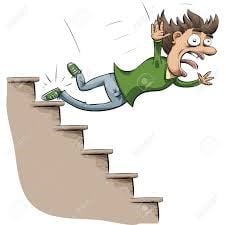 |
- Gait instability
- Impaired vision
- Environmental factors
 |
- Keeping the floor free of any obvious obstructions
- Adequate lighting around the house
- Proper choice of clothing (wearing trousers and shirt lengths that aren’t too long)
- Exercising regularly to strengthen their gait and power
- Having a balanced gait while walking (either by walking slow or using walking aids)
- Correcting their vision using corrective lens or surgery to remove cataracts
|
- Don’t panic. Call help immediately, if necessary
- Ensure the patient’s airway is clear (e.g can talk)
- Check if breathing is adequate and circulation is normal (observe colour of face, rate of breathing)
- Check for any injuries on the body
- If there is bleeding, apply direct pressure to stop the bleeding
- Elevate the injured limb (legs or arms)
- Any deformity seen on the injured part, do not move it; call for help.
|
|
Choking
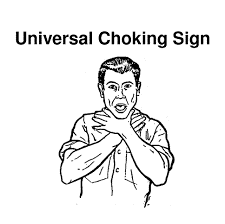
|
Talking or laughing while eating a large size food |
- Not talking or laughing during chewing or swallowing of food
- Before the meal: food should be chopped into small pieces
- During the meal: food should be chewed thoroughly before swallowing
- Those wearing dentures, ensure the set of dentures are in their fixed position and not loose
|
- Do not panic
- Call for help immediately
- Perform CPR if necessary

|
|
Accidental poisoning/ medication overdose
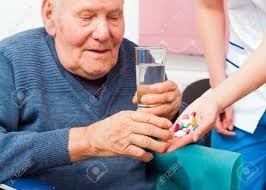
|
Taking another person’s drugs or taking their partner’s medication |
- Checking the drug before taking it
- Ensure it’s the right drug, taken at the right time, through the right route and at the right dosage
- Should not buy or use over-the-counter drugs
- Doctors should be consulted beforehand
|
- Do not panic. Call for help immediately.
- Ensure the patient’s airway is clear (eg can talk)
- Check if breathing is adequate and circulation is normal (observe colour of face, rate of breathing)
- Perform CPR if necessary
- If the patient is unconscious but the airway is clear, breathing & circulation are normal, turn the patient on her/his side
- If the patient is conscious, fed with a large amount of water.
- Do not induce vomiting
- Bring along any vomitus and remains to drugs taken to the hospital
|
|
Burns and Scalds (usually happen while cooking)

|
- Carelessness
- General disregard of safety
- Illnesses such as stroke or diabetes where the skin senses are significantly reduced (specially in diabetics
|
- Should be careful while handling boiling oil, water or soup
- When opening the lids of cooking utensils, extra care should be taken to the steam
- When there is a need to hold hot objects, use insulated gloves
- While cooking, pay extra attention to the stove fire and cooking utensil
- Pan handle should be turned away from the front and closer to the wall
- Diabetic patients should take care when touching hot objects
- Temperature of water during bathing should be tested
- Make sure all food and drink are at a reasonable temperature before eating or drinking.
 |
- Do not panic. Call for help immediately.
- Ensure the patient’s airway is clear (e.g can talk)
- Check if breathing is adequate and circulation is normal (observe colour of face, rate of breathing)
- If breathing and circulation is normal, check the burnt or scalded site
- Rinse the injury site with tap water for 10 minutes
- Cover the injury using a gauze. Dress with bandages
- Never apply toothpaste, soy sauce or other ointments on injured site.
- Do not tear off any burned clothing that sticks on the injured site
 |
ACCIDENTS IN THE ADULT
| HAZARDS |
POTENTIAL PROBLEMS |
PREVENTION |
FIRST AID |
| Rugs, carpets or other objects |
- Head injuries
- Fractures
- Falls
|
- Sufficient lighting
- Carpet and rug edges secured to the floor
- Marks or spots on the carpets/rugs for easy identification
- Put a rubber base to increase the friction between the floor and the carpet/rug
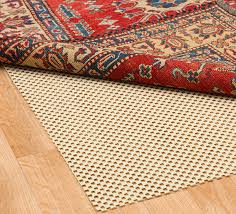
|
- If a head injury is suspected, do not delay medical attention even if the person appears to be normal!
- If the person is unconscious from the fall, call the ambulance and check for the pulse and breathing. If neither are present, perform CPR immediately
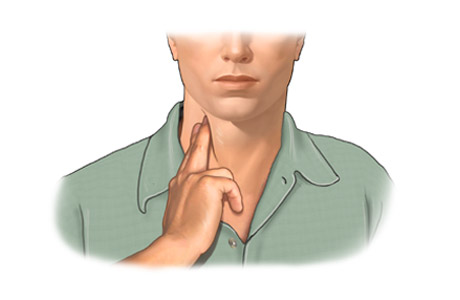
|
| Doors (e.g. sliding glass doors, wooden doors) |
- Head injury
- Cut muscles and/or nerves
- Crushed fingers
- Fractures
- Falls
 |
|
- If a large gash wound is sustained, apply direct pressure with a clean cloth onto the site to reduce bleeding while waiting for the ambulance.
- Crushed fingers are a huge problem since they have the potential to cause deformities. Therefore, seek medical attention immediately.
|
|
Bathroom
|
|
Keep electrical appliances like hair dryers away from wet places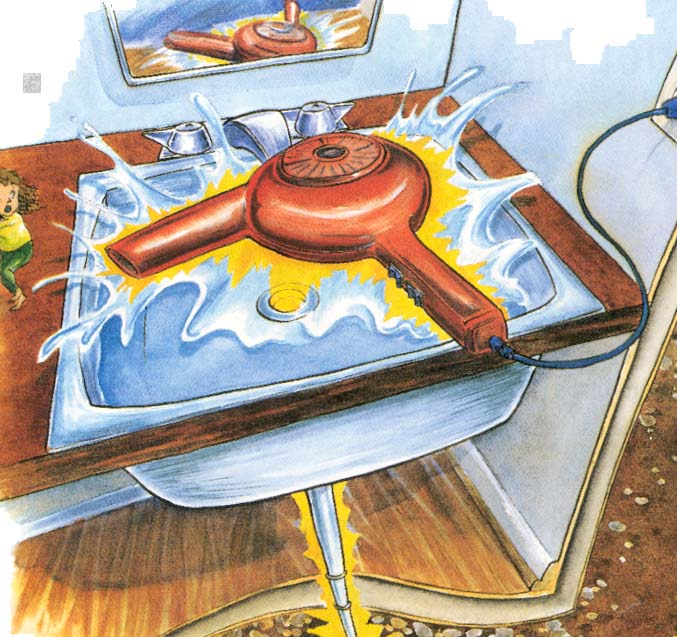 |
In the case of an electric shock, do not attempt to save the person with bare hands. Instead, use a reasonably insulated materials such as rubber gloves and/or a wooden stick. |
|
Poor ventilation
 |
Carbon monoxide poisoning, LP gas inhalation |
- Keep windows open.
- Do not attempt to use electrical generators indoors without proper ventilation.
- Do not ignite fires.
|
Symptoms such as confusion, depression, difficulty breathing, chest pain and dizziness can be very vague and mimic other illnesses. If any of the members of the house has similar complaints, do not hesitate to contact medical professionals. |
|
Biological pollutants (e.g. cockroaches, dust mites, bacteria, viruses, pollen)
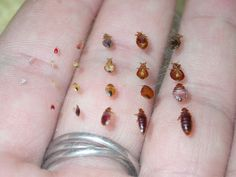
|
- Worsening asthma
- Allergic reactions
- Flu
|
Keep moisture and poor ventilation separate since both promote organism growth. |
If the person cannot talk, is gasping for air and has an audible sound while exhaling, it is very likely it is a life-threatening asthma attack. While waiting for the ambulance, try using the medication that sprays into the mouth, it is normally equipped with a blue cap, and asthmatic individuals will usually carry them. |
Undeniably, accidents at home are common, but it is mostly avoidable. Parents or caregiver play a pivotal role in ensuring the safety of each members of the house. Choose the safety tips given above that work best for you and your family, and be sure that every family member are aware of the possibility of the accidents happenning. In any unforeseen circumstances or accidents, contact the relevant authorities or seek the nearest medical attention. In short, keep calm and be safe at home. Frequently Asked Questions (FAQs) 1. Why does age increase the risk of accidents at home and what can be done about it? Many aging changes are common and put older individuals at higher risk.
- Poor eyesight. Seniors may not see as well and affects their coordination and balance.
- Reduced reaction time. The nerves that carry information from an older adult’s brain to his or her muscles can deteriorate, slowing reaction time and the ability to move away from obstacles quickly enough.
- Decline in muscle strength. Normal decline in muscle strength and joint flexibility can change how easily a senior stands up, walks, or gets out of a chair.
- Limited movement. If an older adult does not regularly exercise, changes occurring with the aging process can be worse.
2. How can an elderly’s risk of accidents at home be reduced? Accidents at home can threaten the health, well-being and independence of older people. Ways to help reduce the risk of these accidents are as already mentioned above on general safety at home along with safety in bathrooms, vision/lighting and medications. 3. What should be done when any accidents happens at home? After an accident occurs, panic is often the first reaction. However, it’s important for family members or family caregivers to remain calm. How someone reacts after any accident can sometimes cause more injuries. Here are the steps to follow:
- Assess the situation and determine if he or she is hurt
- If you believe the person is injured, call 999 or get help from a family member.
4. When is it okay to leave my child home alone? Developmentally, children are generally ready to be home alone around the age of 12 or 13. However, children develop at different rates, so use your own discretion, within the boundaries of the law, to determine your child’s maturity level and capabilities. For example, if you have an impulsive 13-year-old who is a big risk taker, you might be hesitant to leave him or her alone. On the other hand, a thoughtful 11-year-old who has a good track record of following household rules might be ready. 5. When should one start childproofing a home? Ideally, you should childproof your home before your baby becomes mobile. Keep in mind, mobility could include rolling, scooting, crawling or cruising–not just walking. Reference: 1. World Health Organization Report (2005) Child and adolescent injury prevention: A global to action. Prepared by: 1) Nur Fitrahana Bt Sururi 2) Alice Sana 3) Chai Kor Weng 4) Neela A/P V. Parameshwara 5) Syed Abdul Hannan Alsagoff Editor : Prof Ariyananda, Head,Division of Medicine, International Medical University




